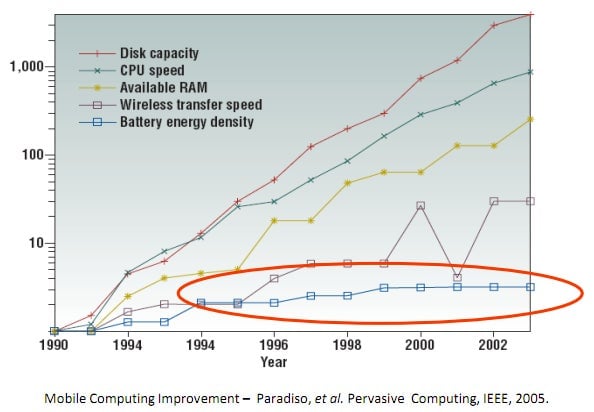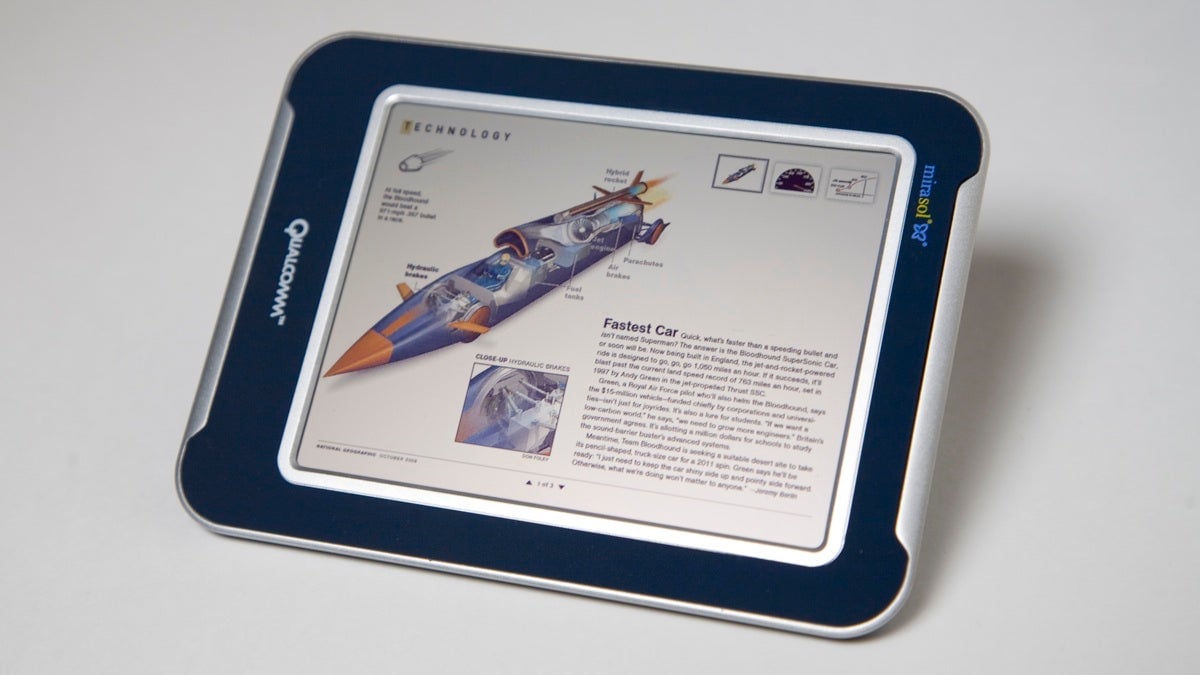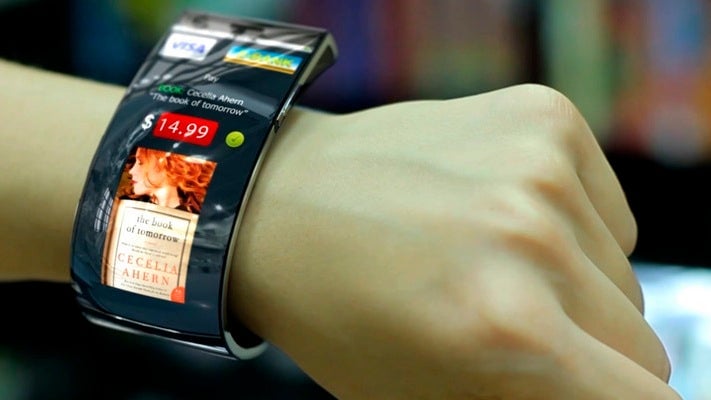What I learned from researching almost every single smart watch that has been rumored or announced
Smart watches! I sure hope you like them, because literally everyone is developing one. And yet, given the vanishingly small proportion of watches that are “smart,” clearly, something is holding them back. Here are the trends that jumped out when I undertook a more or less comprehensive catalog of the forthcoming wrist-top wearables.


Smart watches! I sure hope you like them, because literally everyone is developing one. And yet, given the vanishingly small proportion of watches that are “smart,” clearly, something is holding them back. Here are the trends that jumped out when I undertook a more or less comprehensive catalog of the forthcoming wrist-top wearables.
Smart watches are going to be big. As in physically large.

I hope you have man hands, because the average smart watch is going to have a 1.5″ display and look like one of those oversize G-shock watches that are favored by IT support guys and gym coaches. Some smart watches are actually just smartphones with a wrist band, and therefore truly gigantic.
Insufficient battery life is killing the smart watch dream.

This chart is old, but it illustrates a trend that continues to this day. (I asked the man who created it for an update, and he says none exists.) The bottom line: Moore’s law does not apply to batteries. That is, every year, we get more processing power per watt of electricity we put into a microprocessor, but battery technology is not proceeding at the same pace.
That’s a problem for a device that needs to be connected to a smartphone (via bluetooth) and/or a cell phone network. Those radios will kill your battery. (Incidentally, turning them off is the single best way to preserve the battery life of your smartphone.) And the color, back-lit, 1.5″ LCD display mentioned above? It’s not doing your smart watch battery any favors, either.
The result of all this are smart watches with only three to four days of battery life, and that’s likely to be reduced significantly as developers find new ways to make smart watches useful (and therefore force them to use their radios and change their displays more often).
Some manufacturers are talking about adding things like inductive (i.e. wireless) charging to their smart watches. That will add bulk, but dropping your watch on a charging pad every night might be way less annoying than remembering to plug it in alongside your smartphone.
Smart watches are going to come with a variety of intriguing display technologies not seen elsewhere.

Nothing begets creativity like constraints, and given the battery issues outlined above, some makers of smart watches are turning, or have already resorted to, display technologies that require less power than traditional LCD displays.
Qualcomm’s rumored smart watch, for example, supposedly uses Mirasol, a kind of reflective, full-color display that requires no power unless it’s being updated. (Mirasol displays color by refracting light like a butterfly’s wings, rather than emitting actual red, green and blue light, like an LCD.) And the Agent smart watch, which just raised a million dollars on Kickstarter, uses a black and white “memory LCD” produced by Sharp, which unveiled the technology in 2008 and has been trying to find a suitably mass-market use ever since. (The same display technolgoy is used in the Pebble smart watch.)
All of the non-LCD displays represent a compromise of some kind, when compared to the bright, extra-sharp LCD displays we’ve become accustomed to on our smartphones. This will make smart watches less a “second screen” than a place to push updates like Facebook alerts and text messages. If that sounds less useful than, say, a little smartphone, well that’s one more reason smart watches have yet to take off.
Smart watches could be the next netbooks—in other words, a huge flop.
Samsung, Apple, Google, Microsoft, LG, Qualcomm, Sony—they’re all pouring money into smart watches, but so far every indication is that the devices they’re working on are at best their take on the existing smart watch concept, which frankly isn’t all that compelling. But every consumer electronics manufacturer is looking for the next iPhone or tablet, anything to stop the red ink in their PC divisions.
Or smart watches could allow for the kind of unobtrusive, always-on computing that is the promise of Google Glass.

The same constraints that are forcing smart watch designers to get creative with their displays are also forcing them to come up with something better for these things to do than save you the three seconds it takes to get your phone out and read a text message. For example, the wrist is a logical place to put the kind of RFID chips that allow “digital wallets”—just touch your watch to the payment pad, and you’re done. Or maybe your watch helps you not to forget your keys, wallet and anything else that’s critical, as you run out the door. Or even, maybe your smart watch makes it less likely you’ll be shot with your own gun. The possibilities are endless, and that’s probably what keeps backers coming back to smart watch projects on Kickstarter. Whether or not the mega-corporations rolling them out will find ways to answer these needs with their mass market products remains to be seen.